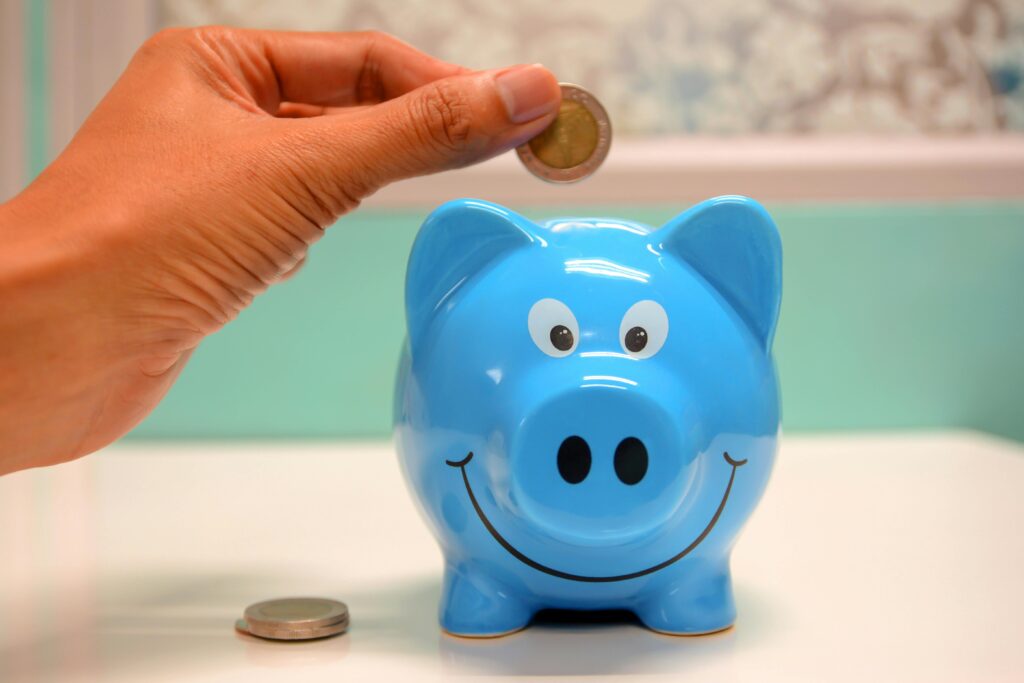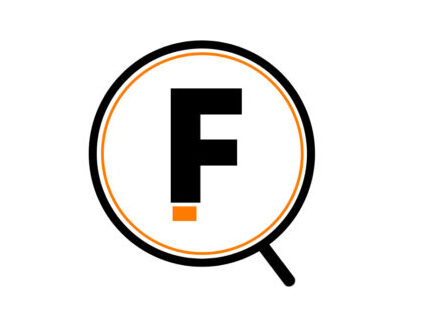Managing finances can be challenging, especially when faced with unexpected expenses. The unexpected is never planned—a job loss, an illness, a car breakdown, or any event that can lead to a loss of income, leaving you with no savings to turn to, can create a financial disaster. Saving even a small amount of money for emergencies is not easy, but it remains one of the best forms of insurance to guarantee financial stability. Here are some tips on how to build up a cash emergency fund that can help you out in times of trouble.

Assess Your Current Savings
The first step involves assessing your current level of savings. Here are some questions you might ask: Have you saved money that could be useful in case of emergencies? Every dollar counts, and even three hundred dollars will go a long way in helping in times of need.
If you have no savings at all, that is alright as well, but you must have a strategy to save. Consider your present spending habits and determine if there are places where it would be possible to save some money and contribute more to savings each month. This idea holds especially if someone is starting a company from scratch; every small effort counts.
Determine Your Goal Amount
An emergency fund should ideally contain enough money to sustain a person for anywhere from three to six months at a bare minimum. Look at your current monthly expenses, such as rent/mortgage, groceries, transport, healthcare expenses, and childcare if any. Once you have calculated the number above, multiply it by 3-6 to get the desired amount for emergency savings.
For instance, if the costs of basic needs and services for a month are approximately $2,000, the aim is to save $6,000-$12,000 for emergency funds for three to six months. This money should be kept in a readily accessible savings or money market account—not invested—because there will be a time you want to withdraw this money for an emergency.
You don’t have to go all out and completely overhaul your lifestyle; begin with small steps and try to maintain the change’s steadiness. Of course, very few people have thousands of dollars that they can transfer to a savings account in a short time. Having even a small emergency fund of $500 is highly advisable and serves as a great start.
It is then possible to make future additions through installment processes that involve small amounts of money consistently. The key is consistency. It would help if you could put money into emergency savings in the same manner as you pay your bills.
Eliminate it by using the ‘automated savings plan’ approach where the money is transferred directly from your checking account or paycheck without passing through the spending account.
The basics are $20 or $50 per month when you start, steadily increasing the amount as you get paid more. When possible, try to contribute even more. Once contributing regularly becomes a habit, consider revisiting your budget and adding a little more wherever possible.
It is worth it to cut every expense that is not deemed necessary. There is a need to save some part of the money that is not used every month in buying other products. First, you should make sure you are honest with yourself and consider where exactly your money is being spent at the moment. Can you find any costs to reduce or eliminate? Little changes add up. For example:
• Cook coffee and lunch at home rather than purchasing them.
• Eliminate subscription services and membership programs that are not useful to you.
• Call the service providers to negotiate the rates they charge.
• Dine out at restaurants or fast food chains at least one time less than usual.
• As much as possible, meet at friends’ places instead of bars or restaurants.
Any money you save through reduced costs can be directly invested into an emergency fund. Adopting leaner spending habits in the present will help you develop savings at a faster pace.
If Possible, Increase Your Income
Can you find ways to increase your earnings? Every extra dollar counts, whether it’s from a part-time job or selling unused items. Even an additional $100 each month can make a significant difference. Here are some options to consider:
• Employment during the evenings or weekends.
• Freelance work like online tutoring or writing.
• Entrepreneurship from a fun pastime, talent, or skill.
• Renting out a parking space, storage space, or spare room.
• Working as a driver for an OTR service during your spare time.
Any additional money that you earn for the rest of the month should be saved in an emergency fund until the money you need is saved. If you earn more, you can save more, and this aspect works in favor of the high earner.
Employer Savings Assistance in a Business Should Be Easily Accessible
Does your employer provide any resources to help employees in efforts to create an emergency fund? Many now recognize the financial security benefits and offer benefits like:
• Contributions to supplement personal funds that employees contribute to emergency savings funds.
• Low-interest credit lines for emergency expenses, which implies quick and easy access to cash.
• Grants that are available to assist in covering some sort of shock, disaster, or other financial emergency.
Determine whether any such programs are available and make the best use of them if they exist. Any contribution made by the employer can be helpful, even if it is a small amount that can give you a startup or a boost in some cases to save more money than you contribute.
When you begin, save any extra cents you have and keep searching for methods of saving extra pennies. There is no great invention in managing from the ground up; regularity and inventive economy are the rules of the game. When the amount is automatically being contributed periodically over time, it will not be long before the emergency fund is adequately built.
Strategically Increase Contributions
As your fund starts to grow, look for strategic ways to add more money:
• For every raise or bonus that you receive at work, ensure that you save at least 50% of it.
• When you have saved a little, say $1,000 or $2,000, it is easier to withdraw the money and use it, so you should set up new auto-deposits at that amount.
• Whenever you are able to exclude a cost, let that money go to your emergency fund.
• The same as with credit card or other types of debt, when it is paid off, add that monthly payment to the amount for savings.
It is the effect created by periodically investing small amounts of money, like $25 or $50, whenever you can. While it cuts down on debt, you no longer have these payments to make, which can be used to save even more cash.
Track Your Progress
This can help to motivate you since you can visibly see the numbers growing each day. It is advisable to check your account balance at least once a month to keep track of the growth in your emergency fund. Some tips:
• Remember the portion saved at every point in time toward the achievement of your set goal.
• Design an uncomplicated document where you will be adding new contribution amounts.
• Save money by using a budgeting application or online tracker to monitor your account balances.
• Offer rewards on important milestones, such as reaching the 25%, 50%, and 75% marks.
When people are considering whether they want to contribute small amounts, remember that the concept of compound interest works for progress as well. It can be as simple as this: just set some money aside every month regardless of what other financial obligations you have. The balance will grow even higher than you expect.
Adjust Expectations as Needed
It is recommended to go over the goal amount and your plan of contribution at least twice a year. Life circumstances change. Possibly, you will be able to raise more money than required within a short time when contributing, and if need be, you may have to give less for some time.
The major challenge that companies face is converting as much as they can, even as the budgets change.
Success in amassing good financial habits enormously enhances the aspect of amassing wealth in the future during hardship. Volatile amounts are more effective than having zero savings, even if the amount is a tiny bit more every time. More manageable and slowly becoming easier to sustain should be to remain flexible yet tenacious and always have some buffer for an emergency on hand.
Many people live paycheck to paycheck, exerting enormous effort without saving a single penny. However, consistently transferring even small amounts of money into your emergency fund allows it to begin to build. Recurring deposits build up into a steady process over time, and that is the essence of saving as a process.
The strategies in this article help make building emergency savings feel more manageable:
1. Do what you can—that is the message; it does not matter how little the contribution is.
2. Automate it by programming the transfers from your income.
3. Look for ways to trim your expenses to channel the savings into your fund.
4. Make extra contributions to a 401(k) whenever you receive bonuses or pay off other debts.
4. Track progress often to stay motivated.
Thus, by creating an emergency savings, you can approach an emergency confidently rather than desperately. The financial discipline required and the ability to build up gives a good framework for achieving other money objectives in the future, such as paying off bills, buying a house, or saving for retirement.



Hi there! I’m at work browsing your blog from
my new iphone! Just wanted tto say I love reading your blo
and lokok forward to all your posts! Carry on the outstanding work! https://Zeleniymis.COM.Ua/